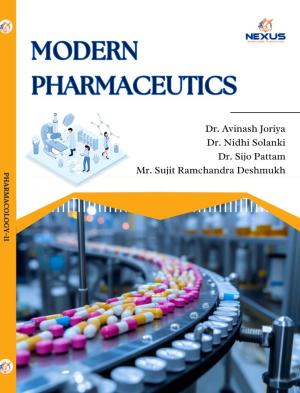OPTIMIZATION TECHNIQUES IN FORMULATION AND PROCESSING
Synopsis
Optimization techniques play a pivotal role in enhancing the efficiency, quality, and cost-effectiveness of pharmaceutical formulations and manufacturing processes. These methods aim to identify ideal conditions for drug development by systematically evaluating variables such as concentration, temperature, mixing time, and excipient ratios. Approaches like Design of Experiments (DoE), Quality by Design (QbD), Response Surface Methodology (RSM), and Factorial Designs are commonly employed to fine-tune formulations and processes.
By applying these techniques, researchers can:
- Improve product stability and bioavailability
- Minimize batch failures and production costs
- Ensure regulatory compliance and reproducibility
- Accelerate time-to-market for new drug products
Optimization is not merely a screening tool—it is a strategic framework that integrates statistical, mathematical, and computational models to achieve robust and scalable pharmaceutical solutions. As the industry evolves, these techniques continue to support innovation and precision in drug delivery systems.
Downloads
Volume
Pages
Published
License

This work is licensed under a Creative Commons Attribution-NonCommercial-NoDerivatives 4.0 International License.





